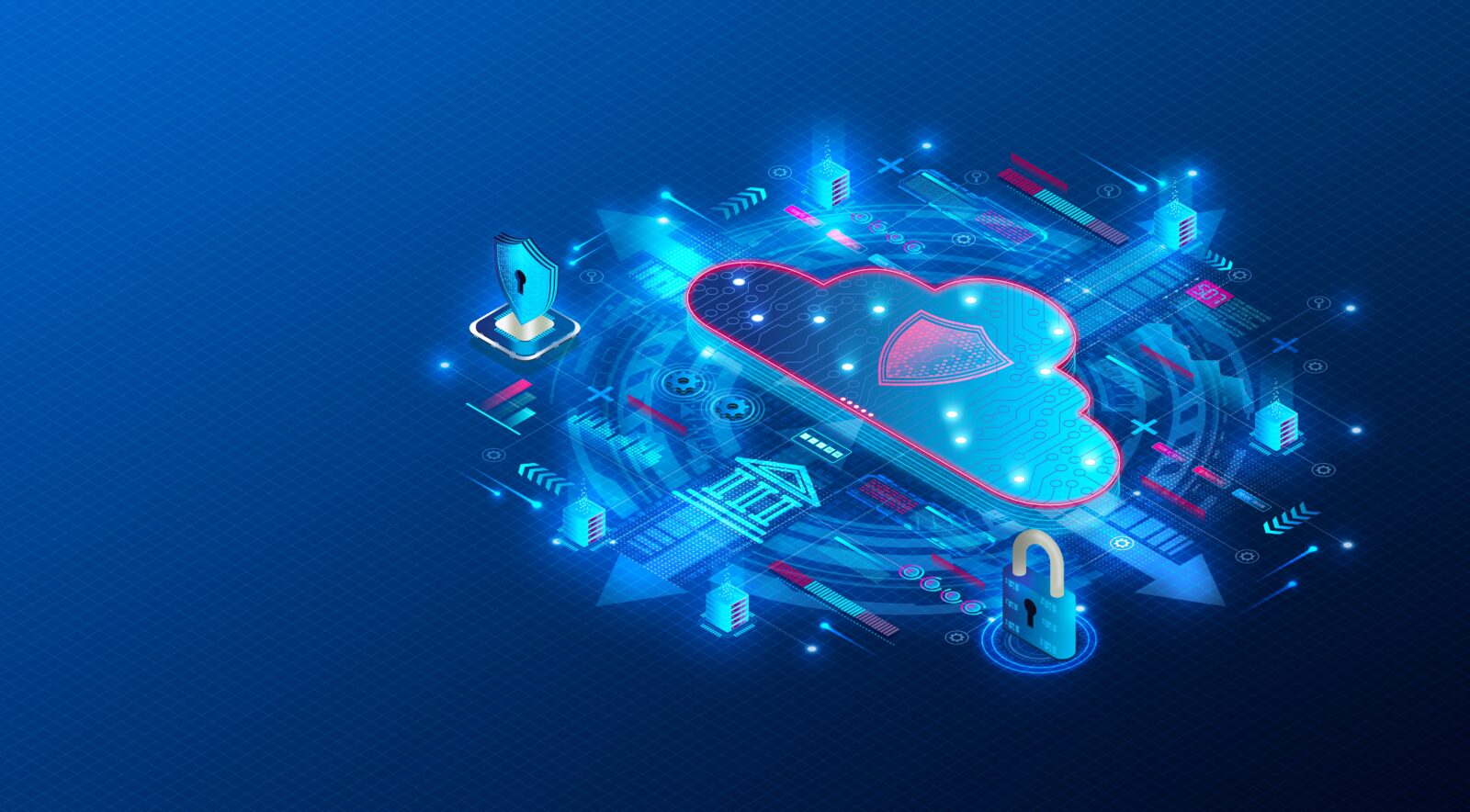Maximising Endpoint Security: Effective SD-WAN & SASE Strategies
In today’s digitally connected world, businesses face unprecedented challenges in securing their expanding network of endpoints. As Distributed Enterprises embrace remote work and navigate hyperconnected ecosystems, the intersection of Managed Endpoint Security and SASE (Secure Access Service Edge) strategies becomes paramount for safeguarding critical assets.
As data breaches become more sophisticated and endpoints multiply across geographies and devices, the need for robust endpoint security has never been more pressing. In this era of remote work and distributed networks, the intersection of Managed Endpoint Security with SD-WAN (Software-Defined Wide Area Network) and SASE (Secure Access Service Edge) strategies holds the key to safeguarding your organization’s critical assets.

Endpoint security is the linchpin of a resilient cybersecurity posture. Endpoints, which include devices such as laptops, smartphones, and tablets, are the entry points for cyber threats. Traditional security measures are no longer sufficient to protect these endpoints, especially with the rise of remote work and the cloud. To effectively manage endpoint security, we must adopt a holistic approach that integrates seamlessly with our SASE strategy.
SASE: The future of endpoint security
Secure Access Service Edge, or SASE, represents the evolution of network and security convergence. This cloud-based approach seamlessly integrates network security with wide-area networking, offering Distributed Enterprises a holistic solution. SASE continuously evolves, introducing advanced tools and capabilities to meet the ever-changing cybersecurity landscape.
User Experience: SASE not only strengthens security but also enhances user experience. It ensures a reliable network and seamless remote connectivity, fostering a productive and efficient workforce. Your team can work securely from anywhere, anytime.
Impact on Overall IT Operations: SASE’s impact extends beyond security. By improving security, it also enhances productivity and efficiency. With reduced security incidents, your IT operations can focus on growth and innovation rather than firefighting security breaches.
Convergence of Endpoint, Cloud, and Remote Security: SASE offers a clear path to converge Endpoint Security, Cloud Security, and Remote Work. This addresses a critical business need, providing a single-pane visibility for security monitoring, which is essential for managing complex networks effectively.
The Role of SD-WAN in Endpoint Security
SD-WAN technology is designed to optimize the performance of wide-area networks, providing flexibility, agility, and cost-efficiency. But its impact on endpoint security cannot be overlooked. Here’s how SD-WAN enhances your security posture:
Segmentation: SD-WAN allows for network segmentation, dividing traffic into different segments based on security requirements. This isolation reduces the attack surface and limits lateral movement for potential threats.
Real-time Threat Intelligence: Modern SD-WAN solutions come equipped with threat intelligence capabilities that can detect security threats in real-time. This proactive approach ensures that malicious activities are stopped before they can cause damage.
Traffic Prioritization: By intelligently routing traffic based on application and security policies, SD-WAN ensures that critical applications receive priority. This prevents potential security bottlenecks and ensures a smoother user experience.
Crafting an Effective Strategy
When crafting a comprehensive strategy for Managed Endpoint Security, consider the following:
Assessment and Visibility: Gain visibility into all devices and applications accessing your network. Identify vulnerabilities and potential security gaps. Network teams should upgrade their knowledge about traffic flows to ensure alignment with corporate regulatory and compliance norms, promoting data protection and regulatory compliance.
Integration: Seamlessly integrate your endpoint security solutions with your SASE infrastructure. Ensure that security policies are consistent and enforced across all endpoints, regardless of their location. Partnering with a trusted Managed Service Provider (MSP) can streamline this integration and enhance compliance.
Continuous Monitoring: Implement real-time monitoring and threat detection mechanisms, leveraging AI and machine learning to identify anomalous behavior. Data points underline the importance of continuous monitoring in the face of evolving threats and the severe consequences of security breaches.
User Education: Educate your workforce about the importance of endpoint security. Promote best practices like regular software updates, strong password management, and the use of multi-factor authentication to reduce vulnerabilities.
Compliance and Productivity Enhancement: Network teams should upgrade their skills to ensure alignment with corporate regulatory and compliance norms, and privacy requirements. By partnering with an MSP, you can enhance compliance and productivity by implementing robust security measures, ensuring data protection, and offering seamless access to resources. MSPs play a crucial role in maintaining regulatory compliance, reducing downtime, and streamlining operations, ultimately boosting productivity across the organization throughout your SASE journey.
Trusted Partnerships: Consider partnering with an MSP for deployment. An experienced MSP can offer expertise in deploying and managing SASE solutions, ensuring your organization is fully protected and compliant.
“Endpoint Security is no longer just an IT concern; it’s a business imperative.”
According to the Ponemon Institute, a data breach costs an average of $3.92 million. Distributed Enterprises must embrace SASE as the linchpin of their security strategy. It offers a comprehensive approach to safeguarding your organization while ensuring a productive and secure work environment for your team.
As Distributed Enterprises navigate a world of Distributed Enterprise Ecosystems (DEE) and evolving threats, a robust endpoint security strategy underpinned by SASE is the cornerstone of success. The consequences of inadequate security are severe, with data breaches impacting not just your bottom line but also your brand’s reputation and customer trust.
In conclusion, combining Managed Endpoint Security with SASE strategies equips your organization to thrive in the age of hyperconnectivity. Craft a comprehensive strategy, stay vigilant, and prioritize the security of your endpoints – it’s the key to the future success of your business.
The post Maximising Endpoint Security: Effective SD-WAN & SASE Strategies appeared first on Tata Communications New World.